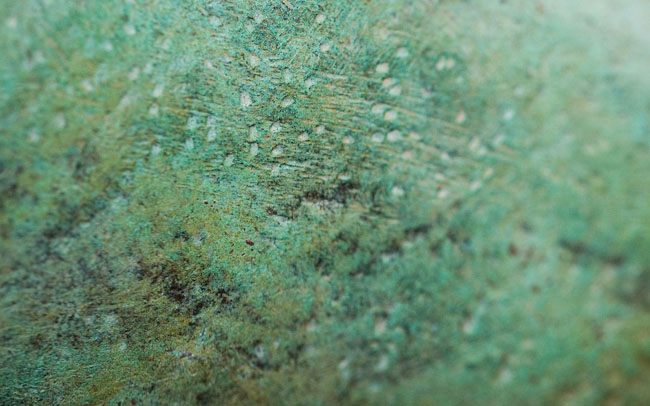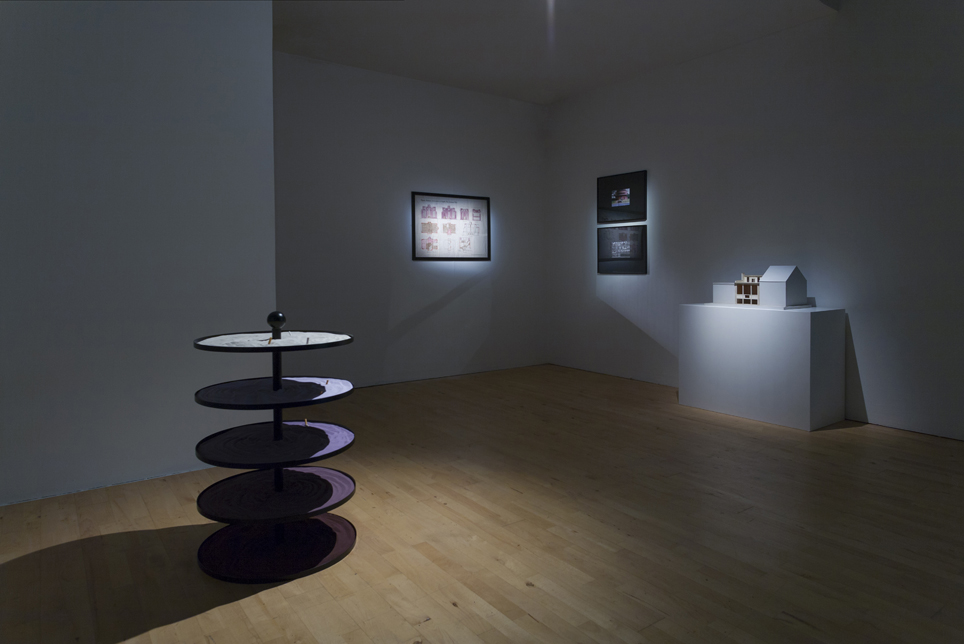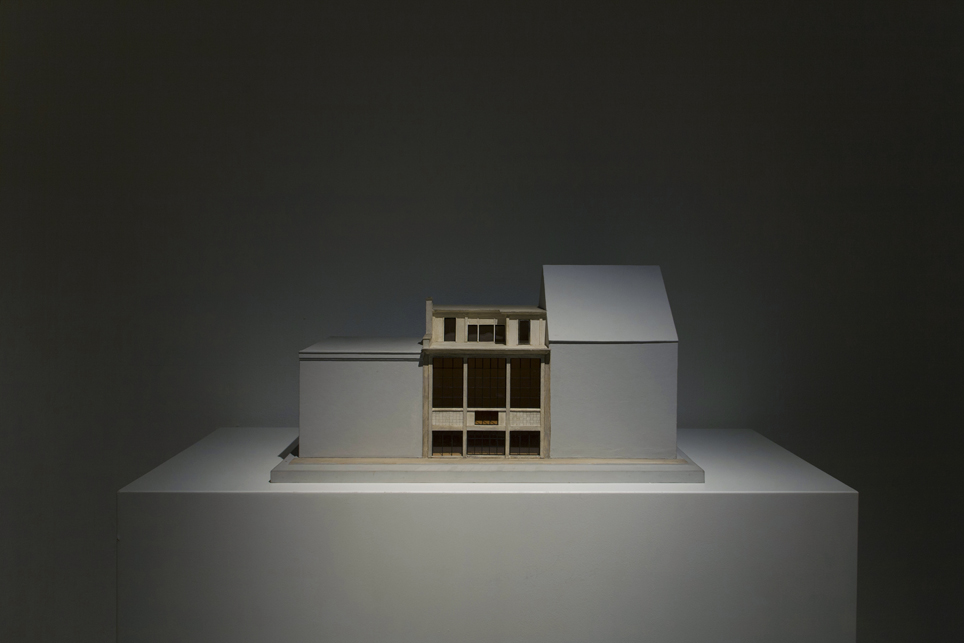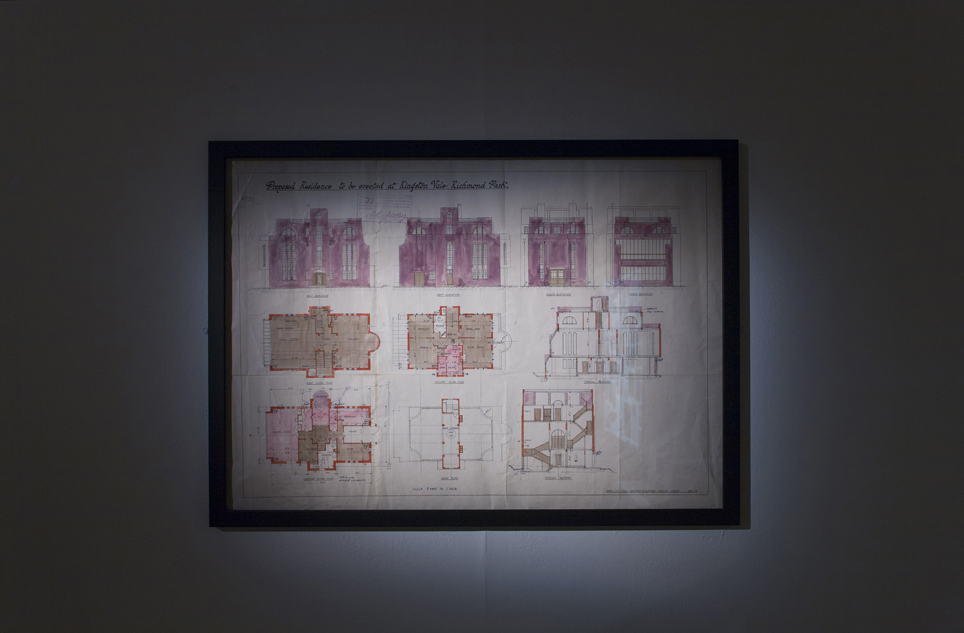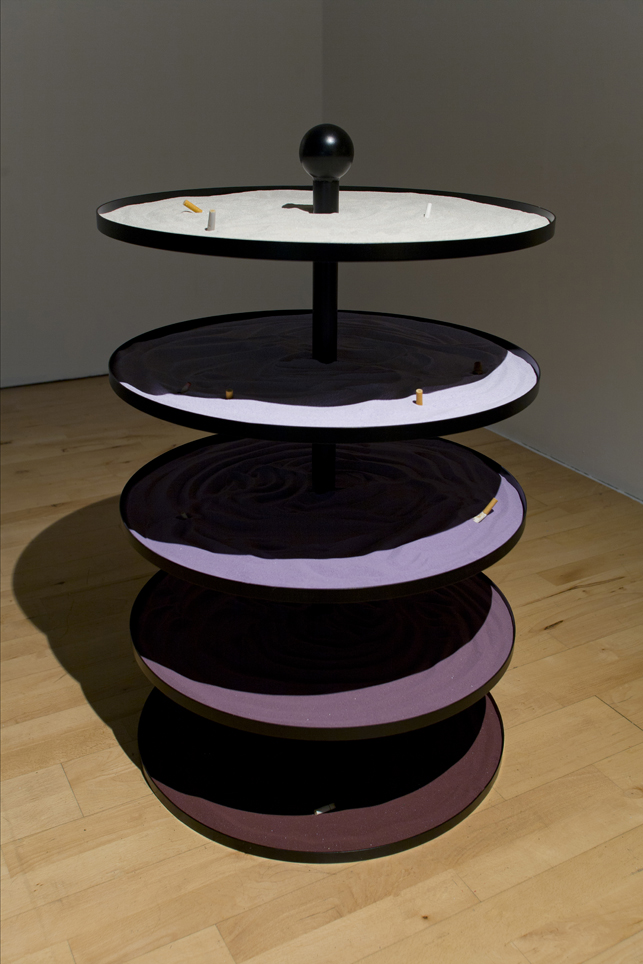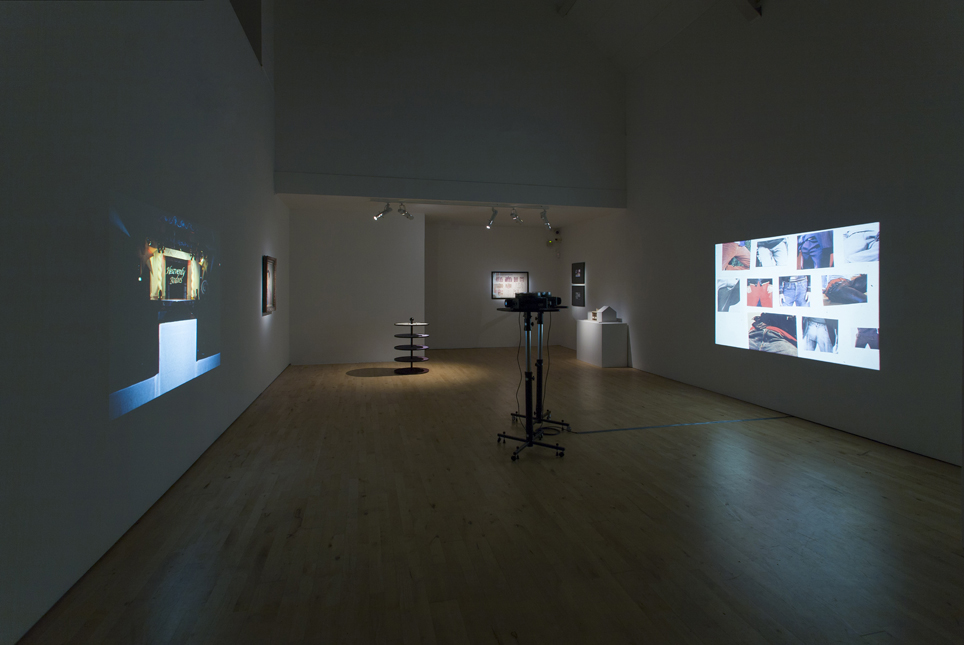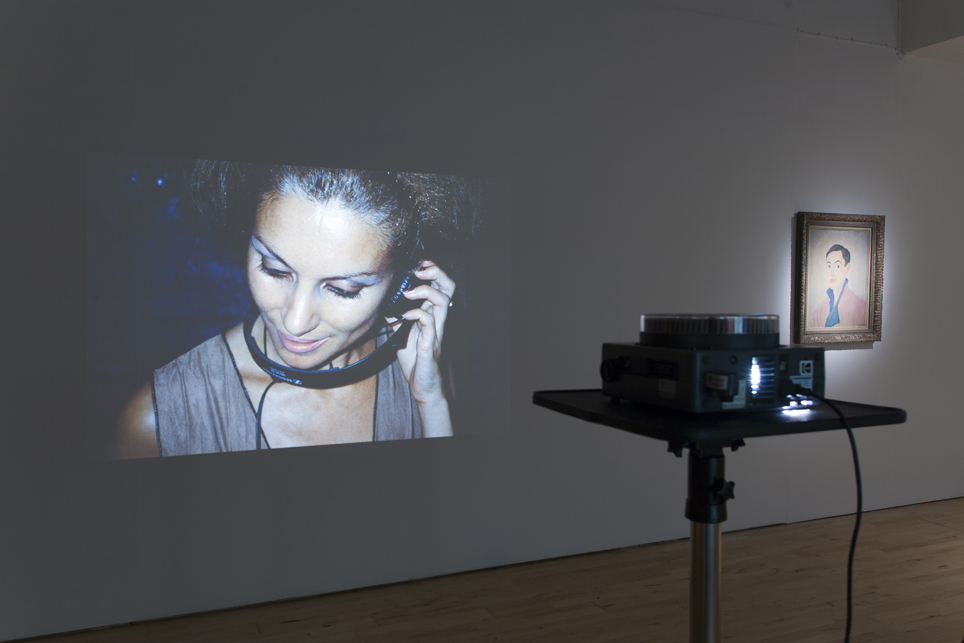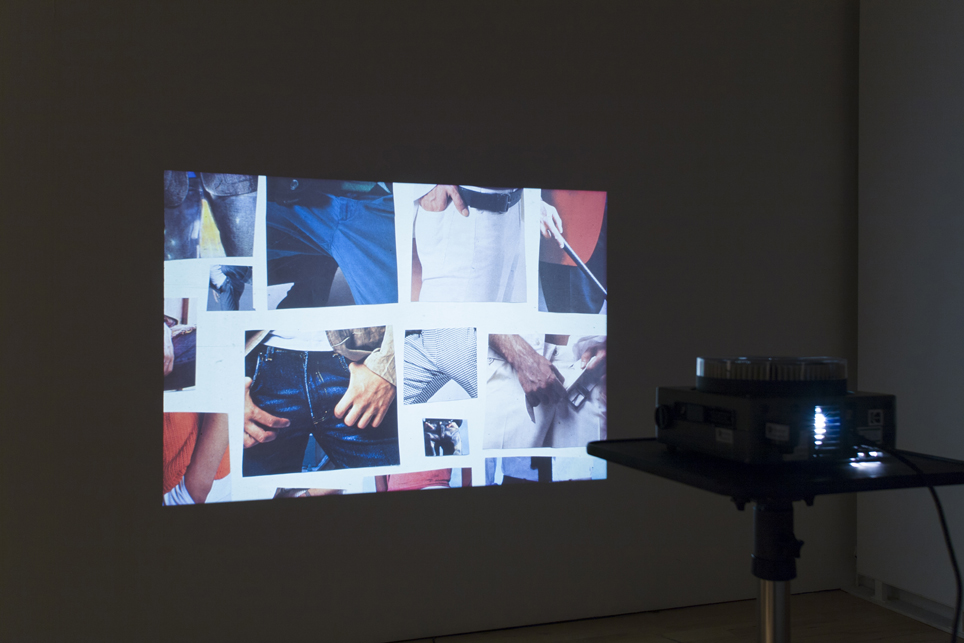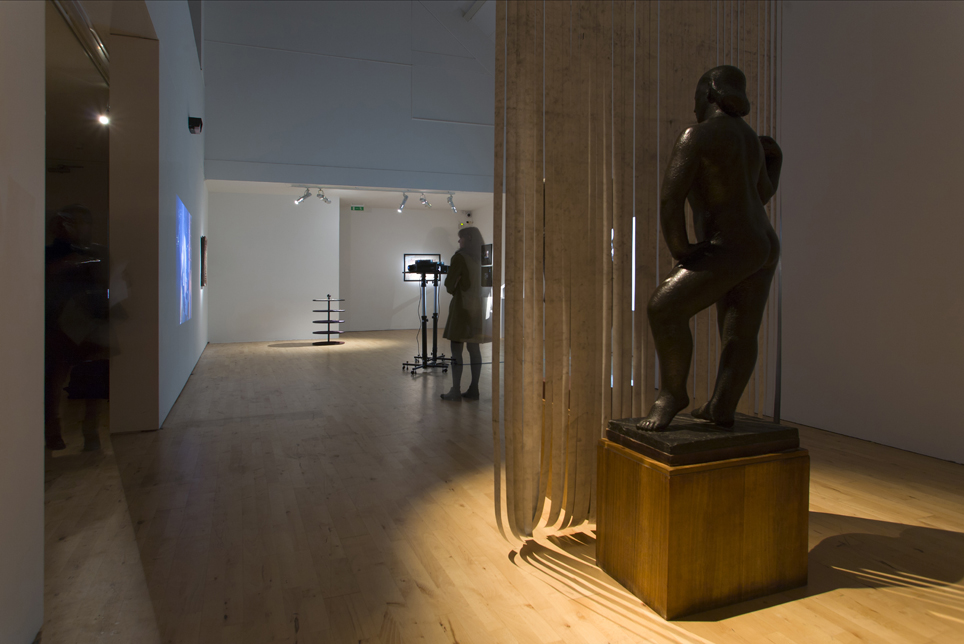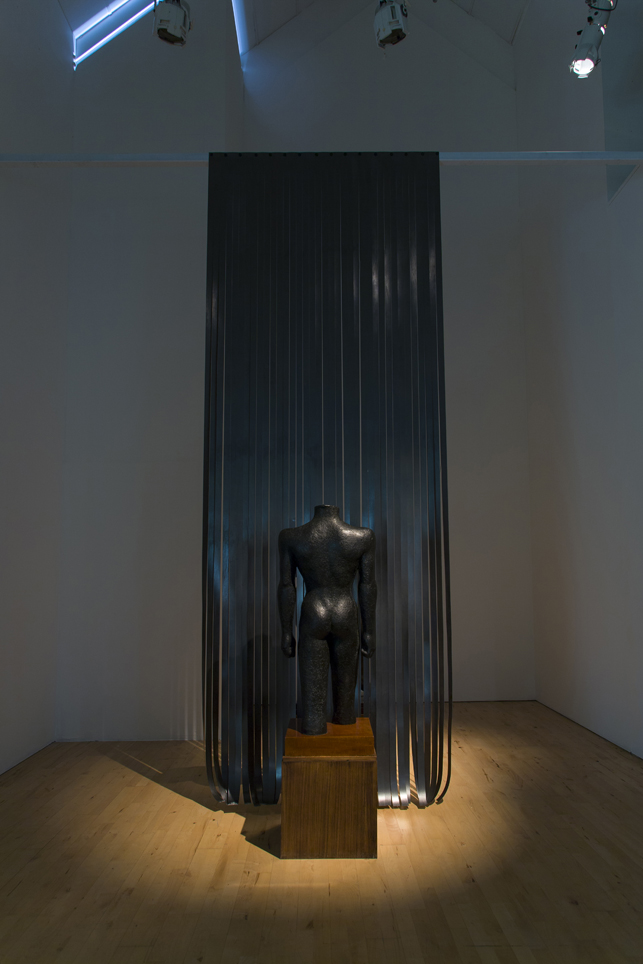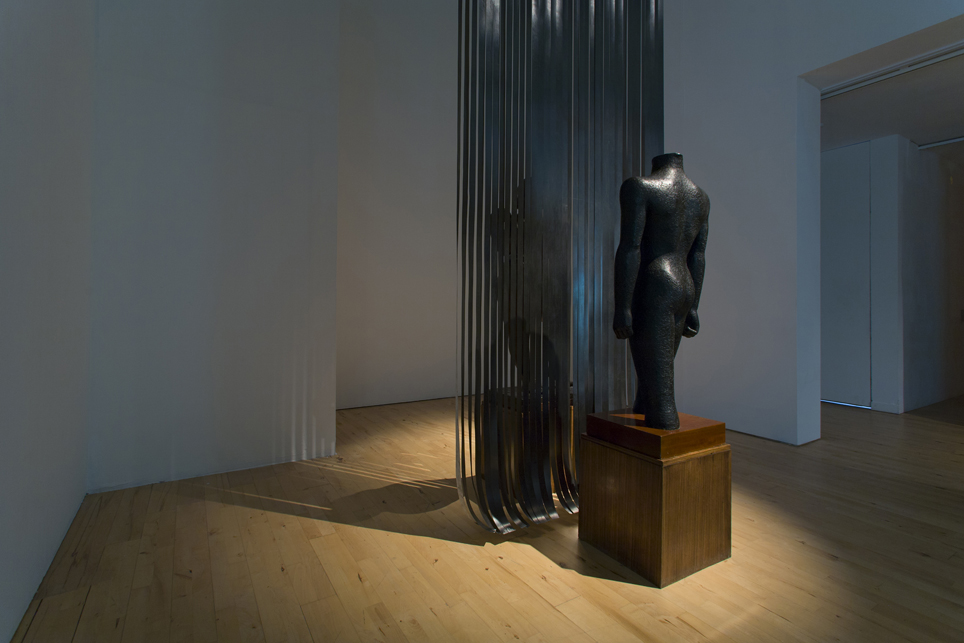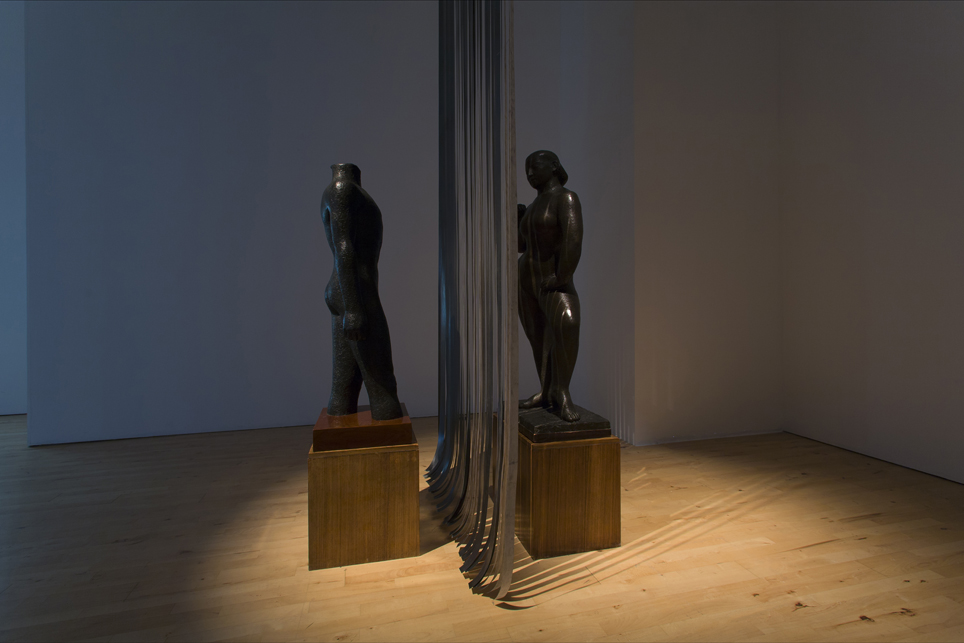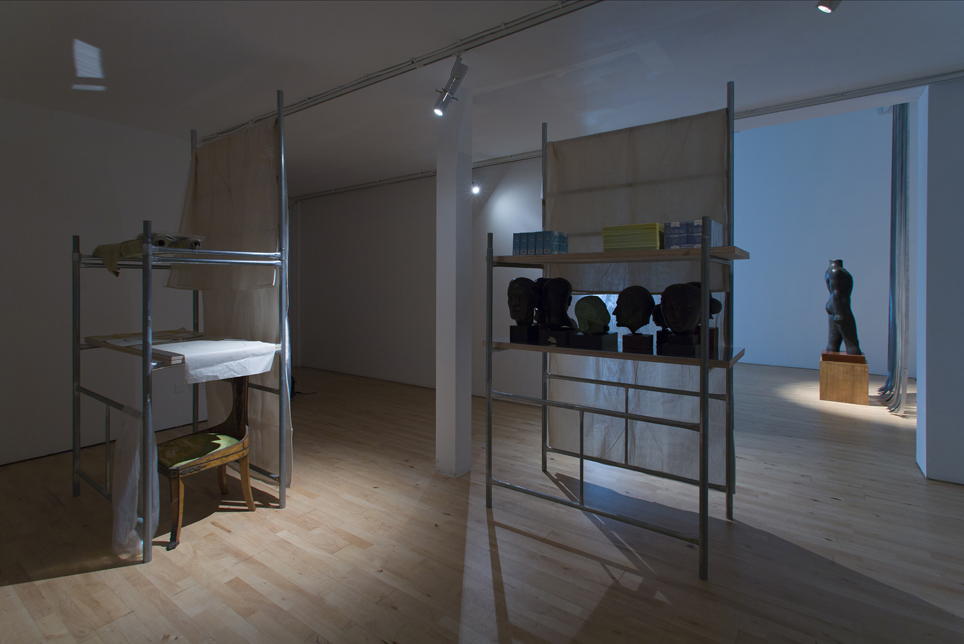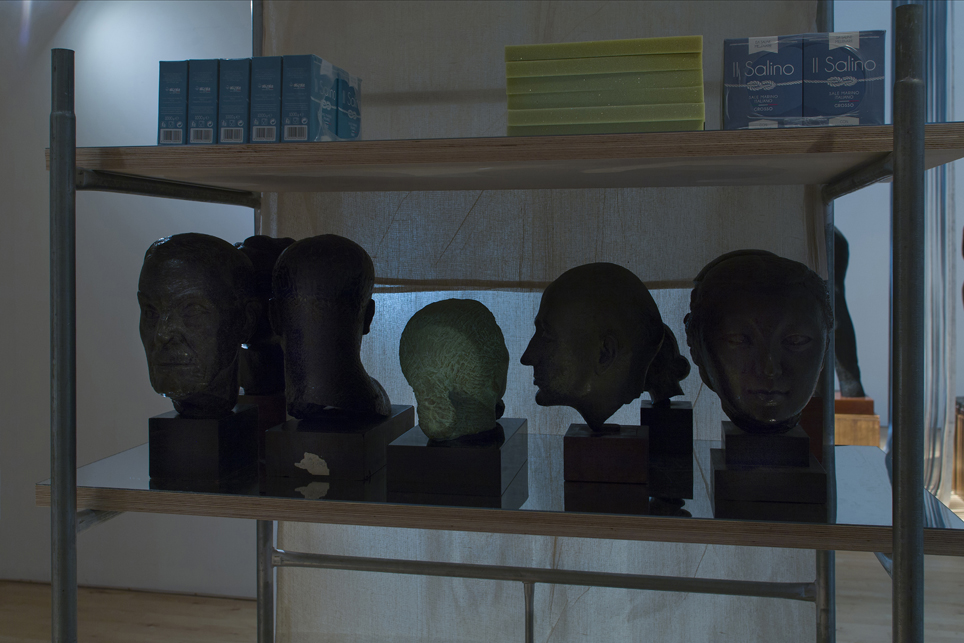Dora presents works by Russian sculptor, artist and designer Dora Gordine (1895-1991), personally selected by a group of major contemporary artists. Each artist presents works of their own alongside that of Gordine, to reflect upon her artistic legacy, whilst considering her fascinating life story and the impressive studio home Dorich House that she designed for herself in 1935 on the edge of Richmond Park along Kingston Vale.
Almost a century after first establishing her name in Paris, the range of works presented in Dora offer a subtle and intriguing dialogue around the political, social and artistic challenges facing Gordine as she developed her career. Whilst Dorich House Museum stands today as testament to the creative vision of an enigmatic and ambitious individual, Gordine died relatively forgotten, her own personal style of figurative sculpture long out of fashion. Over the last decade, a revival of interest in her work has resulted in an international retrospective, a major monograph, and her present inclusion in the public displays of the prestigious national collection at Tate Britain.
Nicole Wermers’ selection draws attention to Gordine’s singular achievements designing the architectural environments in which her artistic production could best flourish. Before Dorich House, Gordine had designed a striking circular house in Singapore, which she never saw completed having returned to Europe after the breakdown of her marriage to Dr George H. Garlick. Prior to this, Gordine had commissioned renowned French architect Auguste Perret (1874-1954) to create her very first studio-home in Paris. Although her hand in its overall design is less acknowledged, certain elements were adopted later by Gordine for Dorich House. A model of the Paris studio-home, from the Musée des Années 30s (Boulogne-Billancourt, France), is shown here together with the original drawings of the Kingston Vale property, and a selection of archive images of the Singapore house. The circular layers of Wermers’ Untitled Ash Tray (2010) echo the motifs of Gordine’s own modernist designs. The sculpture’s apparent function seems to demarcate the architectural threshold of the gallery, whilst acknowledging transitions in the social customs of smoking within public and private spaces.
Hilary Lloyd has chosen to exhibit Gordine’s painting of her husband the Hon. Richard Hare. An eminent Russian scholar, Hare was hugely supportive of Gordine’s practice, introducing her to his social circles in London and donating four of her works to the national collection at Tate. The couple affectionately combined their two names to call their Kingston Vale studio-home Dorich House. Gordine’s gentle portrait of her husband is shown alongside Lloyd’s Untitled (Cut Outs) (2006), projected collections of male crotches and postured hands, the amassed images extracted from fashion magazines. Accompanying this highly distinct pairing of their chosen male subjects, Princess Julia Slide Projection (1997) is a documentary-portrait of the London-based DJ who has carved out an influential career in a still heavily male-dominated creative discipline.
Fiona Banner’s Black Blind (1999) is a monumental graphite drawing, vertically sliced and draped from the rafters of the gallery. Together with the immense drawing the artist has positioned two of the largest works by Gordine from the Dorich House Museum collection; one female and one male nude figure. The lustred layer of graphite on paper provides a dramatic screen between the textured mass of the solid bronze forms. Banner has placed the two figures in close proximity either side. This intimate encounter enhances their duality and highlights the distinctions between Gordine’s two subjects. The characterful posture of the female figure Javanese Dancer (1927-28) exudes a light confident ease, whilst the more stylised headless male torso Dyak (1931-2) is cropped below the knees, inhibiting any sense of movement or personality.
The hybrid architectural environment created by Gordine at Dorich House generously prioritised her studio production, and a gallery to present her completed sculptures, over a relatively modest arrangement to serve the couple’s domestic needs. Cullinan Richards’ diverse collaborative practice includes running a small shop called 4-Cose from their East London studio. The street-frontage, interior display, shop stock and packaging all form part of an expansive artwork involving a range of invited producers, artists and designers. For Dora the duo have used a scaffold structure that functions as both display and storage, incorporating a collection of Gordine’s bronze busts – packed densely onto shelving as found in the Dorich House Museum archives – combined with other Museum items, stock from 4-Cose and artworks from their own studio practice.
Kingston University’s Dorich House Museum reopened October 2015 with a new specialist remit as a centre of excellence for the support and promotion of women creative practitioners. As part of this new programme, Hilary Lloyd was invited to be the very first Dorich House Fellow, and will be making new work inspired by the house and its collections over the coming year.
Many thanks to: Frith Street Gallery & Alice Walters, Herald Street, Sadie Coles HQ, Musée des Années 30s (Boulogne-Billancourt, France) and Kingston Museum & Heritage Service
